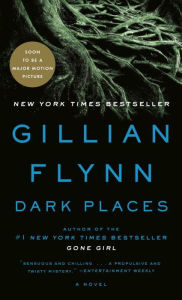
Ever wondered if all bats cause rabies? Exactly how much food must a bat consume on a day-t0-day basis? And why is Austin, Texas such a popular place for bats to congregate? These are just a few of the questions answered by Merlin Tuttle, founder of Bat Conservation International and Ph.D. graduate in Ecology and Evolution from the University of Kansas.
The book does NOT read like a dissertation, but is interwoven with three genre formats: part narrative, part memoir, and part informative text. One chapter discusses Tuttle’s experiences studying vampire bats, and within the chapter he tells of a young boy that essentially “befriended” one of the furry critters being studied, in very much the same way a person would raise a dog for the purposes of being used as a pet. Yet within this same chapter he discusses the challenges he faced while using the netting to capture some of the bats, and also presents factoids such as the daily amount of guano produced by an individual bat.
Anyone interested in debunking preconceived notions and blanket stereotypes of bats should definitely consider giving this work of non-fiction a fair shot. As with most works of fact, individual chapters can be chosen to read while others could be omitted. In essence, an overall sense of being better informed can be accomplished, something that is paramount within the majority of works of literature.
Some of the information may feel a bit superfluous to the less detail-oriented reader, but there is something for everyone to enjoy. And just as an all-you-can-eat buffet has a variety of food, so this book provides a plethora of situations involving the furry winged wonders of nature: one chapter talks about cacti that have adaptive features conducive to attracting bats while another chapter discusses the obstacles and successes regarding the establishment of a national park for a specific species of bats in American Samoa.
Ultimately, this book is worth reading, if for nothing else than to browse a few chapters of interest. The book is available for checkout for anyone with a Gaston College Library Card, and is part of the Summer Reading display located on the First Floor of the Morris Library. I encourage everyone to stop by to see this book and others, as well.
Until next time, keep reading, and we hope to see you soon at our libraries!



